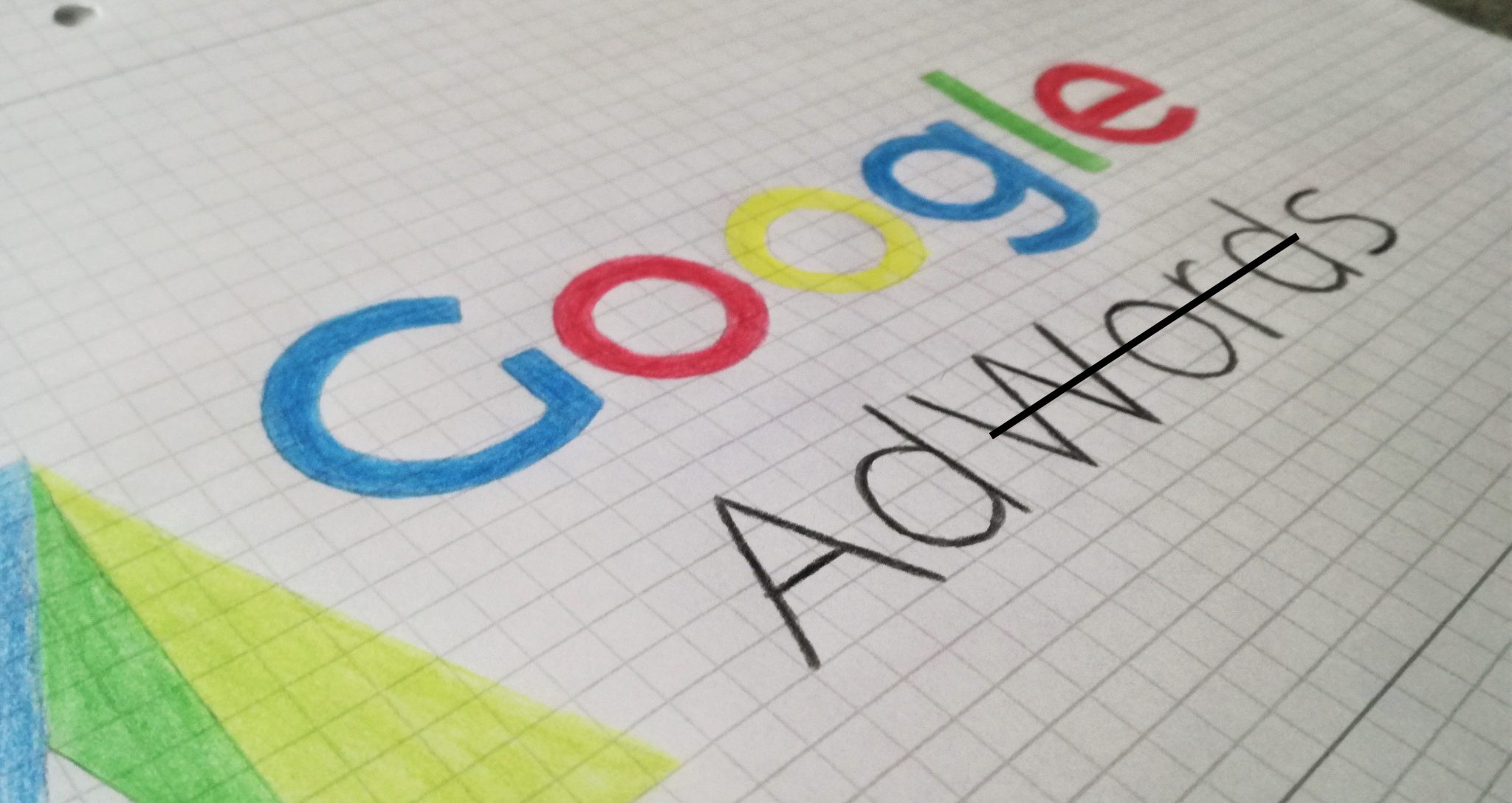Farewell to Google AdWords

…but not to Google Ads. Never fear, parent company Alphabet has no intention of abdicating its role as a pay-per-click advertising powerhouse. And why should it? AdWords generated over $95 billion of the corporate giant’s total advertising revenue in 2017. So what’s really changing here? Nothing more than the name.
As of July 24th, the marketing tool formerly known as Google AdWords will become Google Ads. In announcing the rebrand, Google explains that “The new Google Ads brand represents our full range of campaign types across Search, Display, Video, App and more. These help you connect with more consumers as they’re turning to Google, and our partner sites and apps, to find information and get things done. […] There is no action required on your part, and changes to the Google Ads branding will not impact your campaign performance, navigation or reporting.”
One interesting theory I’ve heard mentioned is that the new moniker may be an effort to distance the service from its roots back in the wild early days of internet marketing, when firms could “buy” the names of competitors to rank for searches on those names, before Google did away with the practice of buying words and phrases. Who knows if that’s part of their reasoning, but one thing is certain: Google wants to make things simpler for marketers now that there are so many different options for online advertising.
AdWords first appeared way back in 2000, serving a laughable 350 users (laughable mainly because by now the number is in the millions). In the early days, Google did the account setup and management for users, who paid a monthly fee for the service. AdWords has been user-managed for over a decade now, but soon after announcing the rebrand to Google Ads, the company revealed a new offering called Smart Campaigns directed at small businesses.
This new product is designed to help businesses that may be too small to have internal marketing staff get their names and products or services in front of online audiences without requiring a major time commitment. Advertisers select goals for the campaign, and Smart Campaigns will optimize delivery methods along with content and images. The result is a complete advertising campaign that’s virtually all automated, making the experience as easy as possible for users.
The high level of simplicity brings limits that some advertisers won’t appreciate. For example, users won’t be able to select which channels they want to use or skip. That’s not a problem though; Smart Campaigns is the default option for new Google advertisers but anyone who wants more creative and strategic control over their campaigns is free to choose from Google Ads’ plethora of alternatives.
Running a business is complicated and today’s abundant marketing opportunities can make the whole thing seem overwhelming. With a streamlined branding strategy and options like Smart Campaigns, Google is doing its best to make online advertising manageable for even the smallest firms. Can we look forward to Google Tax next?

